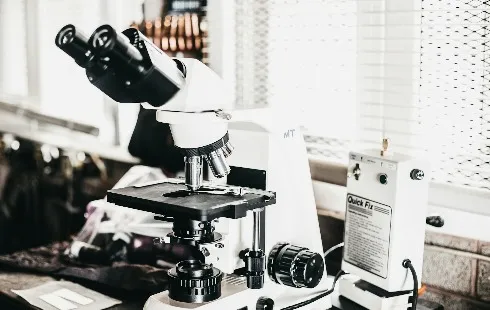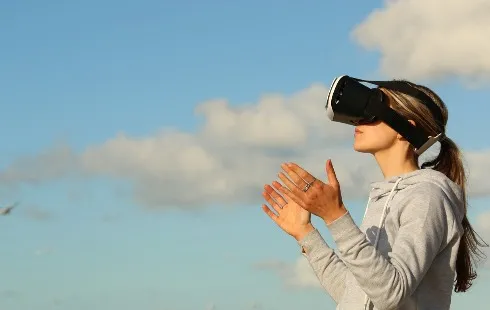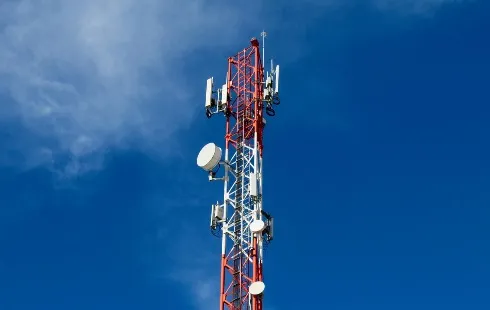
Gonadorelin Peptide: A Gateway to Understanding Endocrine Dynamics
Section: Science
Recent research from neuroscientists at MIT has unveiled how the brain interprets ambiguous information while navigating familiar spaces. The study, which focuses on the retrosplenial cortex (RSC), reveals that the brain encodes multiple hypotheses about spatial locations, allowing for effective decision-making in uncertain environments.
When individuals find themselves in a partially familiar setting, they often rely on distinct landmarks for navigation. For instance, if searching for a specific office within a row of similar brick buildings, one might adopt a strategy such as identifying the second building on the street rather than trying to distinguish each building individually. Until the ambiguity is resolved, the brain must maintain multiple possible scenarios regarding one's position in relation to the intended destination.
This innovative study highlights that the brain's RSC explicitly represents these competing hypotheses through unique neural activity patterns. This groundbreaking discovery marks the first instance of observing neural activity that conveys simultaneous hypotheses in the brain. The findings indicate that these neural representations do not merely store the hypotheses but are actively utilized to inform decisions about navigation.
In discussing the implications of the study, a senior researcher noted that this research showcases an area of the association cortex capable of holding two competing hypotheses and leveraging further information to complete tasks effectively.
The RSC receives input from various brain regions, including the visual cortex and the hippocampal formation, and integrates this information to assist with navigation. Previous research has established that the RSC utilizes both visual stimuli and spatial awareness to encode relevant landmarks for navigation. The latest study aimed to explore further how the RSC processes spatial data and contextual information to guide navigational choices.
To accomplish this, researchers designed a complex navigational task involving a large, circular arena with 16 small openings along the perimeter. Each opening provided a reward when the mice navigated correctly. Initially, the mice were trained to identify specific reward ports indicated by dots of light on the ground, which became visible only at close proximity.
Once the mice mastered this fundamental task, a second dot was introduced, requiring them to navigate to the reward port associated with the counterclockwise dot. Given that both dots were identical and only revealed at close distances, the mice had to rely on memory and spatial orientation to discern their locations. This task necessitated the integration of their body position, directional movement, and past actions to identify the correct landmark.
By observing the activity of RSC neurons as the mice approached these ambiguous markers, researchers were able to determine whether the RSC encodes hypotheses about spatial locations. The experimental design emphasized the importance of visual landmarks over other navigational strategies, such as odor cues.
As the mice gathered more information about the dots, distinct neuronal activity patterns emerged within the RSC, each corresponding to a different hypothesis regarding the mouse's location relative to the reward. Once they approached sufficiently close to identify the correct dot, these patterns converged into one that represented the accurate hypothesis. This suggests that the RSC is not only a storage site for hypotheses but also plays a crucial role in computing the most effective route to the target location.
In analyzing their findings, the research team collaborated with experts who had previously examined similar phenomena using artificial neural networks. Their research indicated that the neural networks exhibited activity patterns comparable to those observed in the RSC of mice. This interconnectedness among neurons appears to be significant for the emergence and regulation of these cognitive dynamics.
Future research will delve deeper into the roles of other brain regions involved in navigation, such as the prefrontal cortex, particularly in naturalistic settings where subjects are not constrained to specific tasks. The ongoing investigation aims to uncover general principles governing how tasks are learned and how animals engage with their environments.

Section: Science

Section: Health

Section: Arts

Section: Health

Section: Science

Section: News

Section: News

Section: Health Insurance

Section: Health

Section: News
Health Insurance in Germany is compulsory and sometimes complicated, not to mention expensive. As an expat, you are required to navigate this landscape within weeks of arriving, so check our FAQ on PKV. For our guide on resources and access to agents who can give you a competitive quote, try our PKV Cost comparison tool.
Germany is famous for its medical expertise and extensive number of hospitals and clinics. See this comprehensive directory of hospitals and clinics across the country, complete with links to their websites, addresses, contact info, and specializations/services.
What do you get when you blend the tradition of American stand-up comedy with themes that are anything but funny? Pair that with a captivating performer and author like Claus von Wagner, and you're guaranteed a fantastic evening. Projekt Equilibrium is his latest program, which explores the quest...



No comments yet. Be the first to comment!